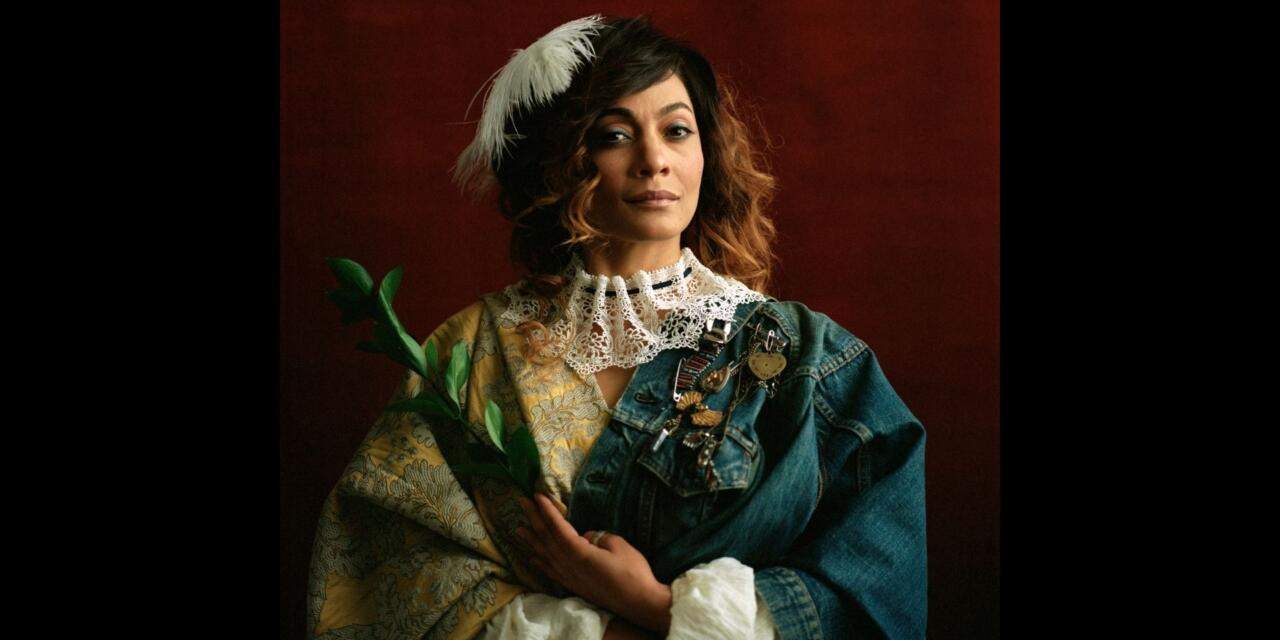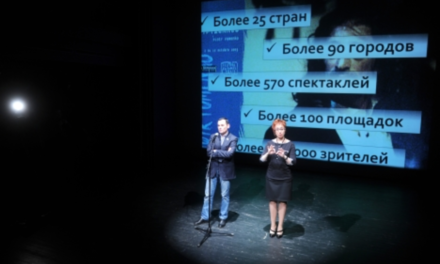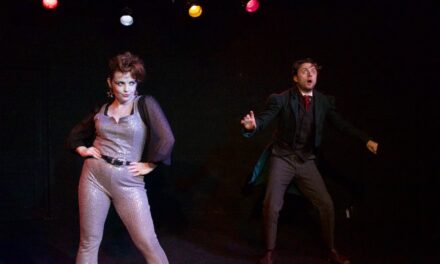A Preview of a new translation of Molière’s Dom Juan for the 21st century by Gideon Lester and Sylvaine Guyot, as interviewed by Philippa Wehle.
2022 is celebrating the 400th birthday of the great French playwright, theater company director and performer, Molière. When I learned that his tragi-comedy Dom Juan is being presented at the Bard Summerscape in Annandale-on-Hudson, New York this summer, directed by Ashley Tata, in a new translation, my interest as a translator was immediately peeked. How exciting for translators Gideon Lester—Artistic Director, Fisher Center at Bard, and Sylvaine Guyot—Professor of French Literature, Thought and Culture at New York University, to tackle this difficult play which is not well known in the US. Not to mention that Pulitzer-Prize winner Richard Wilbur‘s translation has been considered a standard for generations to come.
I contacted Gideon and Sylvaine and invited them to talk with me about their translation. They graciously shared their translation draft with me and agreed to come to my apartment to talk about their choices and challenges.
Molière’s Don Juan in his 1685 tragi-comedy is a “great nobleman with a wicked soul” who seduces and abandons multiple women. He is a libertine and free-thinker, a sinner who claims that his only belief is that two and two are four and four and four are eight. His valet Sganarelle, on the other hand, passionately believes in Heaven, Hell and werewolves.
In the beginning of the play, Dom Juan has abandoned his lawful wife, Dona Elvire, and killed her father in a duel. In the end, Heaven sends him to a terrible death, engulfing him in giant flames.
When I first met with Gideon and Sylvaine, in May, the show’s sets were being built, the actors had been chosen, and workshops were beginning to meet. My interest in their translation was not about the final production but about the difficulties and solutions they encountered. We discussed some of their specific word choices, but clearly translation is not about “cigarettes” instead of “tobacco” or “crayons” instead of “paint brushes” or “pay” instead of “salary or money.” These are personal choices and questions of taste.
Both Gideon and Sylvaine pointed out that their mandate was to create a translation for the stage. It had to be playable by 21st-century American actors and for an audience who would be hearing the text for two hours. Their project was not to modernize the text, not to make the historical distance between 17th century France and today disappear but to keep the dimensions of a world that exists by itself and has its own vocabulary, while showing Dom Juan in a contemporary light.
In this new production, names and genders are changed. Don Juan and Sganarelle are women and Dona Elvire is Mr. Elver. Don Carlos is Carla and Sganarelle is Don Juan’s assistant instead of his valet, as are other characters, but on the whole, the translation stays close to the original.
I was particularly interested in how Sylvaine and Gideon solved the challenge of the peasants’ rustic patois in Act II. They chose not to transpose their vernacular or their accents, and not regionalize them. Instead, they found a speech register that would not make the peasants sound stupid but was markedly different and more contemporary. They also opted for different tempos – a faster, quicker tempo, for example, and sprinkled their dialogue with “Bullshits”, “Goddammits”, “Shits” and “Fucks” which evoke the peasants’ colorful “Testiguenne!,” “Morquenne!” and “Jerniqué!”
Another solution they found was to have the same actress play Charlotte, the peasant girl and Carla, a member of an aristocratic family. The audience sees them twice in very different costumes, roles and attitudes. Carla speaks the language of people of quality, a conventional discourse which was the discourse of gallantry under Louis XIV while Charlotte speaks the language of a young American woman of our time, from more humble beginnings. This doubling was true as well for the peasant Pierrot and the Aristocrat Alonso.
Equally fascinating, Gideon and Sylvaine drew my attention to the fact that Molière slips into a kind of rough verse form at times. At others, his exit lines are often riming couplets. In Carla‘s encounter with Dom Juan in Act III, scene 4, for example, she tells her brother: “This moment of compassion will not betray the vengeance we must fashion.” This is just one of their several successful equivalents.
Their project overall is about amplifying some of the shifts in register and linguistic codes, as well as ruptures in tone, found throughout Molière’s play. Moments when they could create a different kind of intimacy through rhythm, or the level of the register of the language, high at times, familiar at others, and sometimes archaic.
Throughout their translation, reference is made to “people or persons of quality,” referring to the members of Louis XIV’s court. At first, it seemed odd to me. When I asked Gideon and Sylvaine if a contemporary audience wouldn’t find these references anachronistic, or strange to the ear, when persons of quality are mentioned by Pierrot in Act II, for example. It seems not even though as Gideon pointed out. Act II takes place on Coney Island where Pierrot manages a Funnel Cake stand. These many references to “persons of quality” create a kind of web threaded throughout the play as a reminder of the world Molière’s Dom Juan inhabited in contrast to today’s leading character’s milieu.
The many wonderfully comic scenes in Dom Juan are perfectly rendered in English. The timing and choice of words are impeccable. The frustrated tradesman, Mr. Dimanche, anxious to be paid or Dom Juan running back and forth between two peasant girls as he tries to seduce both of them, are delightful moments of relief.
Gideon and Sylvaines’ translation of Dom Juan’s glorious Fifth Act monologue “in praise of hypocrisy” (clearly in praise of the world of the “Big Lie”) Is spot on. They remain close to the original with very few changes. “Deception is an art form that is always respected. And anyone who uncovers it dares not say a word,” the heroine reminds us. These lines will surely bring the house down.
Molière’s Dom Juan is punished for his misdeeds and his refusal to conform, but today’s Dom Juan, a young woman in pursuit of desire and freedom, raises the question of her fate. Does the pursuit of desire lead to extinction and retribution? Sylvaine and Gideon agreed that Molière does not offer a clear moral repudiation of his hero. His language is ambiguous. It remains to be seen once the production at Bard has played for a few performances how they might rework these final scenes, If necessary.
Translation is a creative process in the words of the great French theater director and translator Antoine Vitez: “Writing, translating, performing and directing are all based on the necessity and the joy of endlessly inventing possible equivalents.“ Gideon and Sylvaine have produced a masterful translation.
This post was written by the author in their personal capacity.The opinions expressed in this article are the author’s own and do not reflect the view of The Theatre Times, their staff or collaborators.
This post was written by Philippa Wehle.
The views expressed here belong to the author and do not necessarily reflect our views and opinions.


















